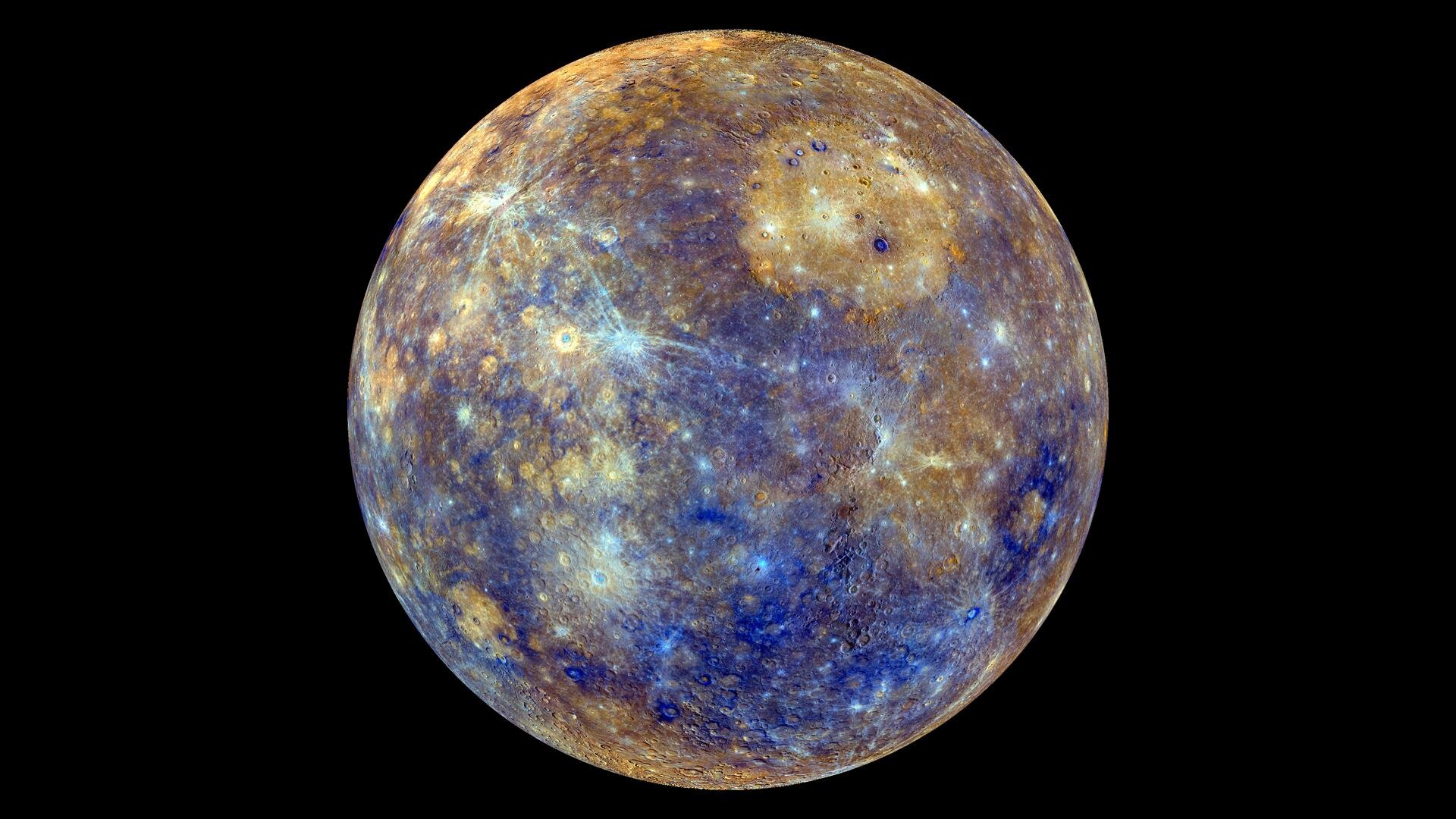Catch the best views of Mercury at its highest in the sky on Saturday (Oct. 8)
The greatest elongation west sees Mercury furthest from the sun in the morning, providing a great opportunity to see the tiny planet.

On the morning of Saturday (Oct. 8), Mercury will be at its furthest point from the sunrise in the northern hemisphere in an arrangement called the greatest elongation west.
According to Earthsky on Saturday the distance of Mercury from the sun in the sky will be around 18 degrees (two fists' widths) and through a telescope the planet will appear 51% illuminated. To the naked eye, the planet will be at a magnitude of around -0.8. (The lower an object's magnitude, the brighter it appears.)
After Oct. 8, Mercury will continue to brighten in the sky as it approaches the sunset again. Mercury will grow to a magnitude of around -1.1 by the end of October when it will be fully illuminated, thus making the days prior to Halloween a good time to see the planet.
Related: Night sky, October 2022: What you can see tonight [maps]
Because Mercury is the closest planet to the sun, light from our star often makes the planet tough to spot. This makes the weeks around the periods of greatest elongation when it is furthest from the sun the best time to spot the tiny planet.
Occurrences of the greatest elongation happen approximately every 116 days and fall into two categories: Greatest elongation west and greatest elongation east.
During greatest elongation west events, as seen on Saturday (Oct. 8), Mercury lies at its farthest from the sun in the morning sky. During greatest elongation east events, the tiny planet is furthest from the star in the evening.
Breaking space news, the latest updates on rocket launches, skywatching events and more!
Two years every day on Mercury
Because of its proximity to the sun, Mercury has an extremely rapid orbit speeding around the star at 29 miles per second (47 kilometers per second) and completing a full orbit once every 88 Earth days.
As well as making it faster than any other planet in the solar system, this speedy, elongated egg-shaped orbit means that in between the two greatest elongation periods, Mercury spends most of its time directly behind the sun as seen from Earth — called superior conjunction — or directly in front of the star — known as inferior conjunction.

Looking for a telescope to observe Mercury? We recommend the Celestron Astro Fi 102as the top pick in our best beginner's telescope guide.
Mercury doesn't do everything rapidly, however. The planet's rotation is relatively leisurely, with it making a full rotation approximately once every 55 Earth days. These rotations aren't marked with their own sunrises and sunsets like days on Earth and other planets, however, especially when Mercury is at its closest to the sun and thus moving at its fastest.
One solar day of Mercury — a full day and night cycle — takes around 176 Earth days which is equivalent to two years of Mercury.
Because light from the sun normally overwhelms Mercury, another astronomical event that offers a good opportunity to see the tiny planet is when the moon completely obscures the sun during a total solar eclipse.
On Nov. 8, Mercury will pass behind the sun as seen from Earth during its superior conjunction phase. On Dec. 21, Mercury will enter its greatest elongation east phase, making it most visible in the evening.
Mercury will move in front of the sun during the inferior conjunction on Jan. 7, 2023, with the next greatest elongation west happening a few weeks later on Jan. 30.
If you're interested in seeing Mercury or anything else in the sky, make sure to check out our guides for the best binoculars deals and the best telescope deals. And to take your skywatching photography to the next level, make sure not to miss our best cameras for astrophotography and best lenses for astrophotography guides.
Follow us on Twitter @Spacedotcom or on Facebook.

Robert Lea is a science journalist in the U.K. whose articles have been published in Physics World, New Scientist, Astronomy Magazine, All About Space, Newsweek and ZME Science. He also writes about science communication for Elsevier and the European Journal of Physics. Rob holds a bachelor of science degree in physics and astronomy from the U.K.’s Open University. Follow him on Twitter @sciencef1rst.

